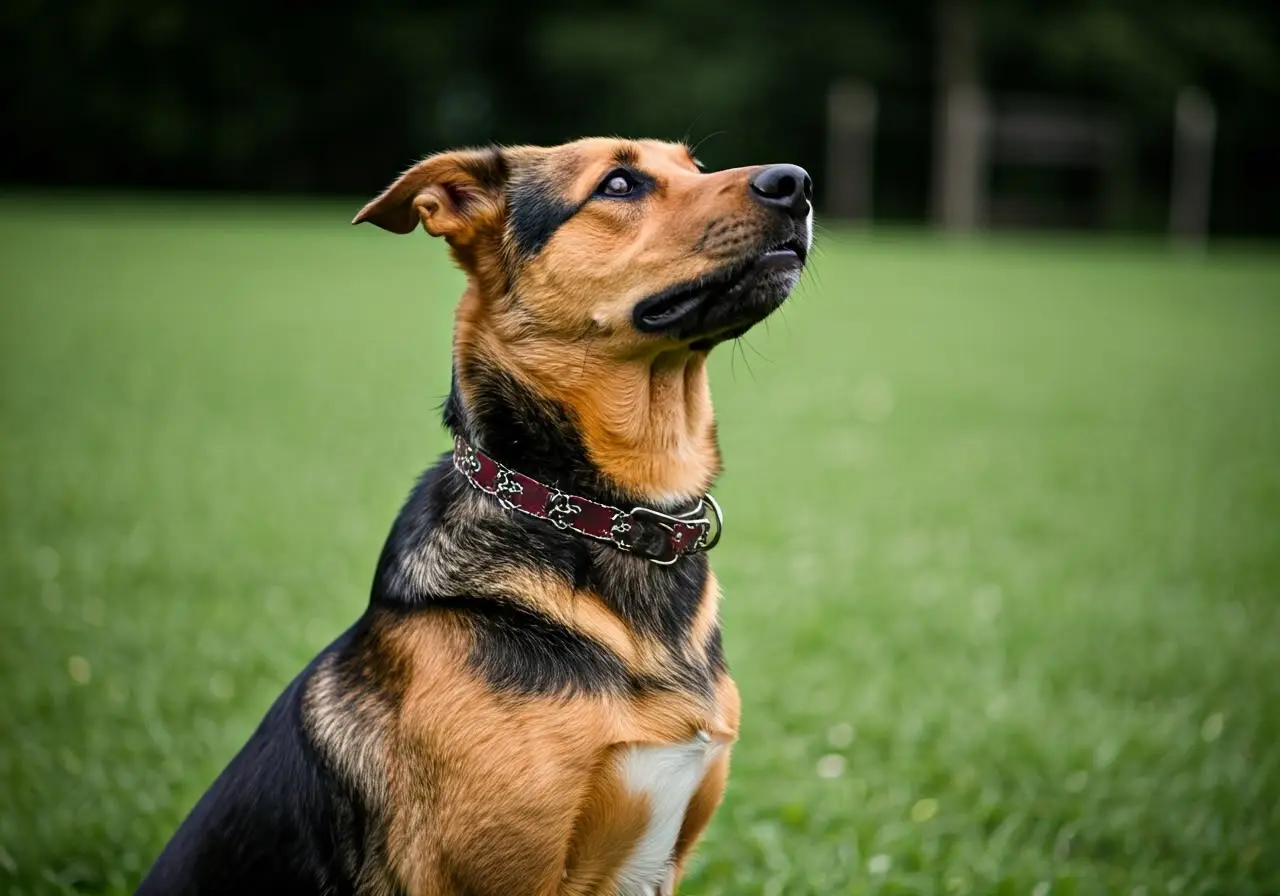Are you considering enrolling your furry friend in a dog obedience class but not sure what to expect? These classes can be a great way to teach your dog essential skills and improve their behavior. In this FAQ, we’ll break down how dog obedience classes work and what you can expect.
What Are Dog Obedience Classes?
Dog obedience classes are structured training sessions designed to teach dogs basic commands and improve their behavior. These classes are usually led by professional trainers who guide both dogs and their owners through a series of exercises.
The main goal of these classes is to foster better communication between you and your pet by establishing a shared language of commands and cues. This clear communication improves behavioral responses, reducing problematic actions like barking or pulling on the leash.
By participating in a dog obedience class, you are investing in a framework that encourages positive behavior through consistent practice and reinforcement. These classes set the stage for more advanced training and help build a stronger bond between the dog and owner.
What Skills Will My Dog Learn?
Your dog will learn foundational commands such as sit, stay, come, and heel. Additionally, classes may cover more advanced behaviors and techniques to address specific issues like leash pulling or jumping.
One of the essential skills taught is socialization, which helps your dog interact positively with other dogs and people, reducing fear and building confidence in various environments. This is crucial for preventing anxiety and aggression-related behaviors.
Advanced classes might introduce agility exercises, which are not only great for physical conditioning but also sharpen your dog’s problem-solving skills and focus. This holistic approach contributes to a well-grounded and mentally stimulated pet.
How Are Classes Structured?
Classes typically involve a mix of instruction, demonstration, and practice. Trainers will introduce a command, demonstrate its execution, and then assist owners and their dogs in practicing together. Sessions often include time for questions and individual feedback.
Usually, classes start with a briefing to familiarize pet owners with the day’s objectives. This is followed by live demonstrations by trainers to ensure that everyone understands the commands and techniques before moving on to hands-on practice.
Group sessions offer a unique opportunity for dogs to learn in a social setting, fostering positive interactions and promoting cooperative behavior. This mimicry of real-world situations helps transition training from the classroom to everyday settings.
What Should I Look for in a Class?
Look for classes that are held in a safe, clean environment with experienced trainers. It’s also important to find a class that matches your dog’s skill level and personality. Many programs offer beginner, intermediate, and advanced options.
Consider the trainer’s qualifications and training philosophy. Trainers who engage in positive reinforcement techniques often provide a more rewarding experience, motivating your dog through encouragement and reward rather than punishment.
An ideal class should also offer opportunities for one-on-one interactions between the trainer and pet owners, allowing for personalized guidance to address any specific challenges you and your dog may encounter.
How Can I Prepare My Dog for Success?
Before classes start, ensure your dog is comfortable in social environments and somewhat familiar with basic commands. Bringing treats, a leash, and your dog’s favorite toy can also help keep them engaged during sessions.
Familiarize your dog with a variety of environments and experiences beforehand. This helps reduce any initial anxiety and makes it easier for them to adapt to the class setting. Simple practice in following commands at home can provide a solid foundation.
Understanding and respecting your dog’s limits is crucial. Make sure to observe their cues of comfort or stress during the transition to the learning environment, and always end practice on a high note to build their enthusiasm for the next session.
Ready for Class? Let’s Prepare Together!
Dog obedience classes are a valuable opportunity for both you and your pet to learn and grow together. By understanding the process and committing to practice, you’ll be setting your furry friend up for success. Remember, patience and consistency are key!


